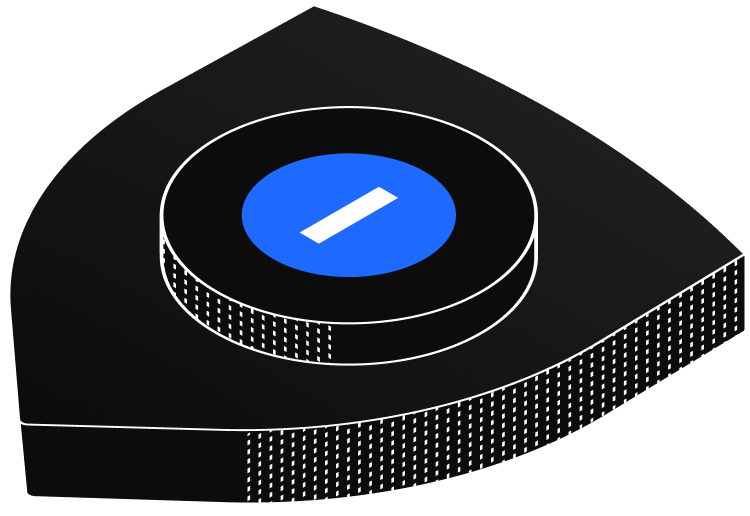How to Make Your Videos Visible in AI Search
Most YouTube videos are invisible to AI. To make your content discoverable, add transcripts in HTML, use structured data, and keep pages fresh for AI to read and cite.

Most YouTube videos are invisible to AI search. They are not just hard to find; they are missing entirely from what large language models can access or understand.
Many creators assume that uploading to YouTube automatically makes their videos discoverable by AI systems. In reality, they are not. When ChatGPT or other models generate answers, they rarely pull information directly from YouTube. At best, they reference short summaries from blogs or articles that mention the video.
The reason is simple: AI tools cannot watch or interpret video, and they do not execute JavaScript. Transcripts hidden behind “show more” buttons or embedded players are ignored. To these systems, that content effectively does not exist.
If you want your videos to appear in AI-generated results, YouTube alone is not enough. You need to make your content accessible in ways AI can read and understand.
Here are a few ways to do that:
- Include transcripts directly in the page HTML. Avoid hiding text behind JavaScript or expandable sections.
- Use structured metadata. Add
videoObjectschema and follow standard SEO best practices, since traditional indexing still helps AI discover your work. - Keep your pages up to date. AI models often prioritize the most recent web content.
- Make your pages easy to cite. Use clear URLs and concise text that encourages linking and quoting.
The bottom line is that YouTube remains powerful for human audiences, but AI visibility depends on how your video content is represented in text. To reach both people and machines, your videos need to exist beyond the player.
Let's connect.
Have a project in mind? Let's start the conversation.




